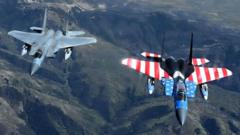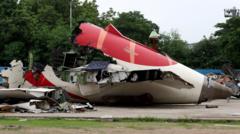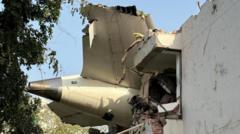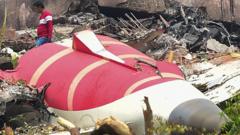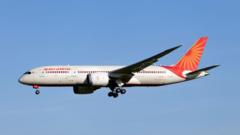In a significant escalation, more than 3,000 Boeing defense workers initiated a strike on Monday, signaling another hurdle for the troubled aviation behemoth. Workers at facilities in Missouri and Illinois, which manufacture F-15 fighter jets and various military aircraft, overwhelmingly rejected Boeing's latest compensation offer, which included a 40% wage increase. Union leaders cited issues of respect and dignity as primary motivators for the strike.
Boeing Defense Workers Stage Strike Amid Ongoing Challenges for Aviation Leader
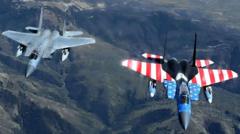
Boeing Defense Workers Stage Strike Amid Ongoing Challenges for Aviation Leader
Over 3,000 Boeing workers strike over pay and working conditions, signaling continued struggles for the aviation giant.
Boeing has been grappling with numerous setbacks, including a previous prolonged walkout by passenger plane workers, as well as a series of safety-related crises. Dan Gillian, vice president of Boeing's Air Dominance unit, expressed disappointment in the workers' decision, stating that the company's offer was robust.
The current industrial action, led by the International Association of Machinists and Aerospace Workers (IAM) from St. Louis, marks the first defense industry strike at Boeing since 1996. While CEO Kelly Ortberg suggested the impact would be manageable, the company's recent history, including fatal crashes and operational crises, raises questions about its future trajectory. With only 348 aircraft delivered last year—the lowest figure since the pandemic—Boeing's recovery appears uncertain.
The IAM, one of the largest unions in the U.S., representing approximately 600,000 members in various sectors, aims to secure better working conditions and compensation for its workforce. The strike reflects broader labor issues within the aerospace industry and highlights ongoing tensions between workers and management amidst the company's precarious operational landscape.
As this situation unfolds, it remains to be seen how Boeing will respond to the labor challenges and whether it can overcome its numerous hurdles.
The current industrial action, led by the International Association of Machinists and Aerospace Workers (IAM) from St. Louis, marks the first defense industry strike at Boeing since 1996. While CEO Kelly Ortberg suggested the impact would be manageable, the company's recent history, including fatal crashes and operational crises, raises questions about its future trajectory. With only 348 aircraft delivered last year—the lowest figure since the pandemic—Boeing's recovery appears uncertain.
The IAM, one of the largest unions in the U.S., representing approximately 600,000 members in various sectors, aims to secure better working conditions and compensation for its workforce. The strike reflects broader labor issues within the aerospace industry and highlights ongoing tensions between workers and management amidst the company's precarious operational landscape.
As this situation unfolds, it remains to be seen how Boeing will respond to the labor challenges and whether it can overcome its numerous hurdles.



